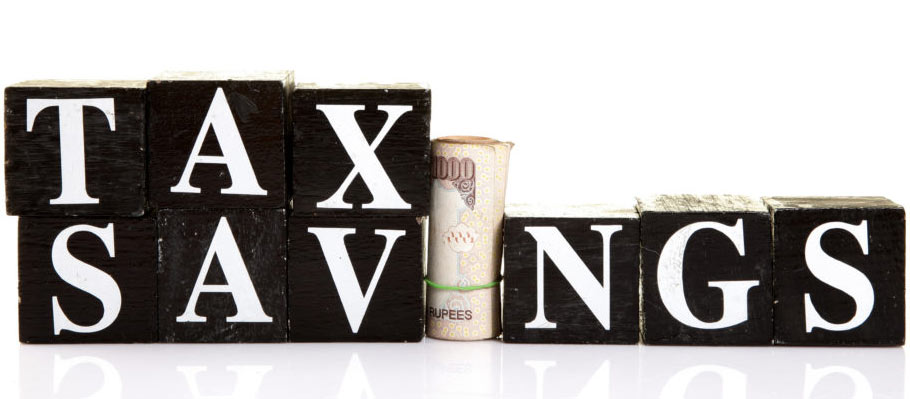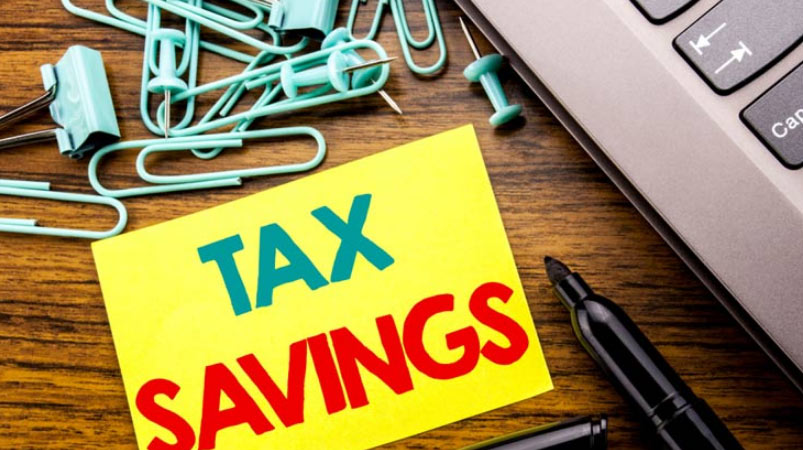The unpleasant reality is that you can only partially avoid paying taxes on investment income. The United States government will always get its share. However, the amount of taxes you'll pay depends on the types of investments you make and the length of time you keep them.
To begin, the term "capital gains" is commonly used to refer to the taxation on investment income. These can be purchased for a limited time or for an extended time. Gains from an investment that you've kept for more than a year are called long-term capital gains. Conversely, you have short-term capital gains if you have owned an asset for less than a year. You'll get much more favorable tax treatment if you stay with a company past the long-term threshold. This is because while ordinary income tax brackets are used to calculate the tax on short-term capital gains, the rates on long-term capital gains are much more manageable 0%, 15%, or 20%.
Here are top picks for you to know are there any tax free investments to add to your portfolio.
1. Municipal Bonds

State and local governments often issue municipal bonds to help pay for things like roads, schools, and hospitals. These investments provide a stable income stream in the form of a fixed interest rate and a guaranteed return of principal on a specific date. You won't have to pay federal income tax on the interest you receive on municipal bonds, and you may not have to pay state or local taxes, either, if you live in the same state as the bonds were issued.
2. Tax-Exempt Mutual Funds
Mutual funds are pools of money that invest in various securities such as stocks, bonds, or a combination of both. The fund allows for passive investing because it follows an index or is managed by experts.
Returns generated by some mutual funds are exempt from taxation because of their tax-exempt status. Municipal bonds and other government securities are joint holdings of a tax-free mutual fund. Investing in this fund can provide tax advantages and make it easier to diversify holdings among various government securities.
Consider how much of a return you can expect from a tax-free fund before investing. By monitoring the expense ratio, ensure you're not giving too much of your money away in management costs.
3. Roth IRA

Traditional IRAs and Roth IRAs are the two most common types of IRAs. One method to save and invest for retirement without paying too much in taxes is with a Roth IRA.
To fund a Roth IRA, you use money that has already been taxed. Although your contributions to a Roth IRA are not tax deductible, other benefits may outweigh this drawback.
Withdrawals from a Roth IRA are tax and penalty-free if made by the account owner who is 5912 years old or older and has owned the account for at least five years. With these caveats: For the down payment on a first house, you can access your savings tax-free up to age 59 1/2.
Withdrawals from most retirement accounts are subject to taxes and penalties if made before the account holder reaches retirement age. In contrast, a Roth IRA allows you to take your contributions tax and penalty-free, not your earnings.
Roth IRA annual contribution limits are $6,000 ($7,000 if age 50 or over). However, there are limitations on who can benefit from a Roth IRA due to their income level. To make the maximum yearly contribution to a Roth IRA as a single person, your MAGI must be at least $144,000. To make the maximum contribution as a married couple, your annual income must be less than $214,000. Contributions begin to be phased out at $129,000 for single filers and $204,000 for married filers filing jointly.
4. Tax-Exempt Exchange-Traded Funds (ETFs)
Exchange-traded funds (ETFs) are investment vehicles that mimic mutual funds but are traded on a stock exchange. Passive management is used by many ETFs, which means that the assets inside the fund are not sold as frequently as they would be in an actively managed fund. When it comes to picking stocks, many ETFs follow an index. As a result, the fees associated with managing the funds may go down.
ETFs, like mutual funds, can specialize in municipal bonds, allowing investors to reap the same tax advantages. Depending on your investment horizon and objectives, you can choose between ETFs that invest in short-, intermediate-, or long-term tax-free bonds. You should know the expenses associated with a tax-free ETF just as you would with a tax-exempt mutual fund.
5. Life Insurance
Those who wish to rest easy knowing their loved ones will be provided for financially after their death may find tax benefits in purchasing life insurance.
The death benefit paid out by a life insurance policy is typically not subject to taxes. However, indexed universal life insurance policies are one exception; they allow for a cash value to grow over time, with interest accruing tax-deferred, based on the performance of an index such as the S&P 500. It is vital to know the specifics of your insurance since the benefit may be taxed at maturity tax-free to the beneficiaries but may be taxed in certain situations.




